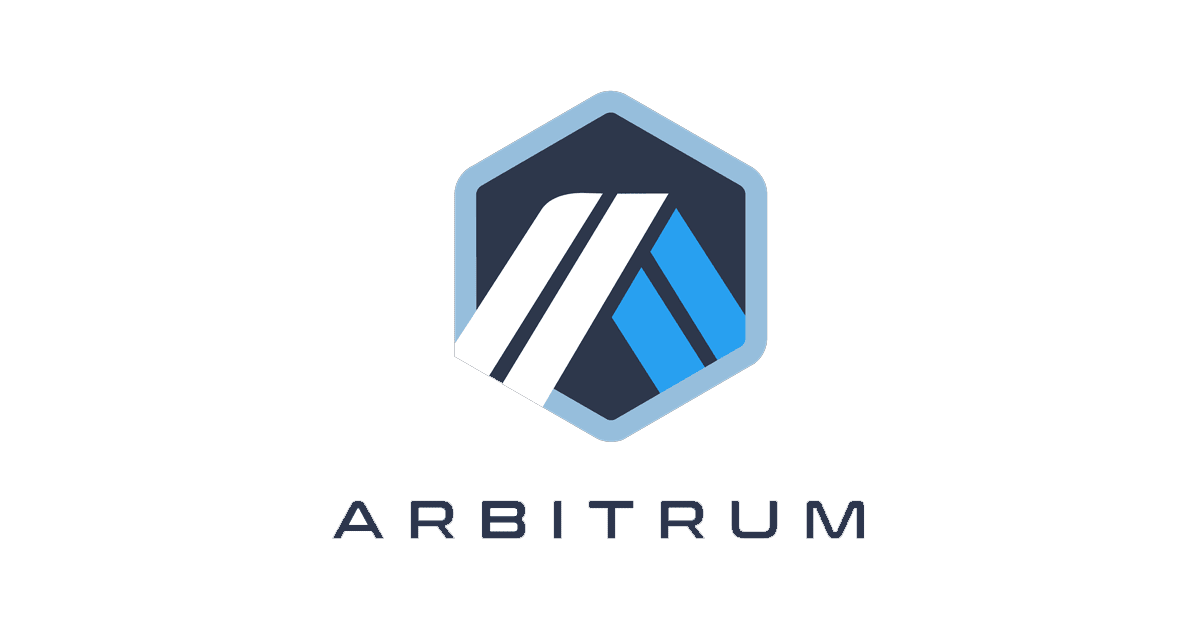Stablecoin Movements into Arbitrum
In this analysis, the movement of stablecoins into the Arbitrum network has been determined. The main purpose of this dashboard is to find out the impacts of this movement on the growing application of the Arbitrum network.
According to the BSC News, In recent days, Arbitrum has enjoyed a marked increase in stablecoins on the chain, with the highest inflow in the last 7 days across all blockchains.
The purpose of this analysis is to identify the inflow of stable coins into the Arbitrum network. The selected stablecoins are USDC, USDT, DAI and FRAX. Also, the application of these stablecoins has been determined based on the sectors and popular programs for each stablecoin.
This dashboard is divided into the following parts:
- General TVL stats of stablecoins
- investigate on each stablecoin
- USDC
- USDT
- DAI
- FRAX
- Conclusion
About Arbitrum blockchain:
The purpose of creating the Arbitrum network (and other rollups) is to solve the scalability problem of the Ethereum network. Blockchains seek to establish three features: scalability, decentralization, and security. The conclusion we reached in the world of digital currencies over the past decade was that it is very difficult (if not impossible) to establish all three of these features in one network. Therefore, each network seeks to solve one of the missing sides in its own way; The base layer of the Ethereum network, which has two features of security and decentralization, is left to solve the problem through roll-ups. The increasing demand for Ethereum network block space has made this network more expensive (gas cost) in recent years. Arbitrum and another layer 2 utilities can greatly reduce the pressure by increasing the capacity of this network. By aggregating transactions and executing them off-chain, Arbitrum greatly lowers the cost of each transaction. However, data related to transactions (Data Availability) is recorded in layer one, so for any external observer, the results are reproducible and their accuracy can be ensured.
Methodology:
To handle this analysis, the data from Flipsidecrypto has been utilized. The following steps have been used in this analysis:
Step 1: Determine the inflow and outflow of stablecoins on Arbitrum
Step 2: Determine the TVL stats related to the stablecoins
- Metrics-> 7 day change in TVL of stablecoins, 30 days change in TVL, Dominance of USDC, Share of each stablecoin on TVL
Step 3: Application of stablecoins on Arbitrum
- Metrics-> Popular sectors and programs used by each stablecoins
Step 4: Summary and references
About stablecoins:
Stablecoins are a type of cryptocurrency that is price stable over another asset. These assets can be Fiat currencies such as the dollar and the euro, commodities such as gold and oil, other digital currencies such as Ethereum and Bitcoin, or mathematical and supply-demand algorithms. Stable coins have been created to prevent sharp price fluctuations in the digital currency market and to create a link between centralized and decentralized finance, which now holds a large share of the cryptocurrency market.
A common misunderstanding about stable coins is that their value is fixed relative to all Fiat currencies. In fact, when we talk about "stable coin" or "stable digital currency", we should know that the concept of price stability is quite relative. For example, USD stable coins have a fixed value only against the dollar, but if the price of the dollar changes against other national currencies, the price of stable coins will change accordingly. Also, asset-backed coins (such as gold) or digital currency-paired coins (such as the WBTC) have a value equivalent to their backup units that do not necessarily have a fixed dollar value.
